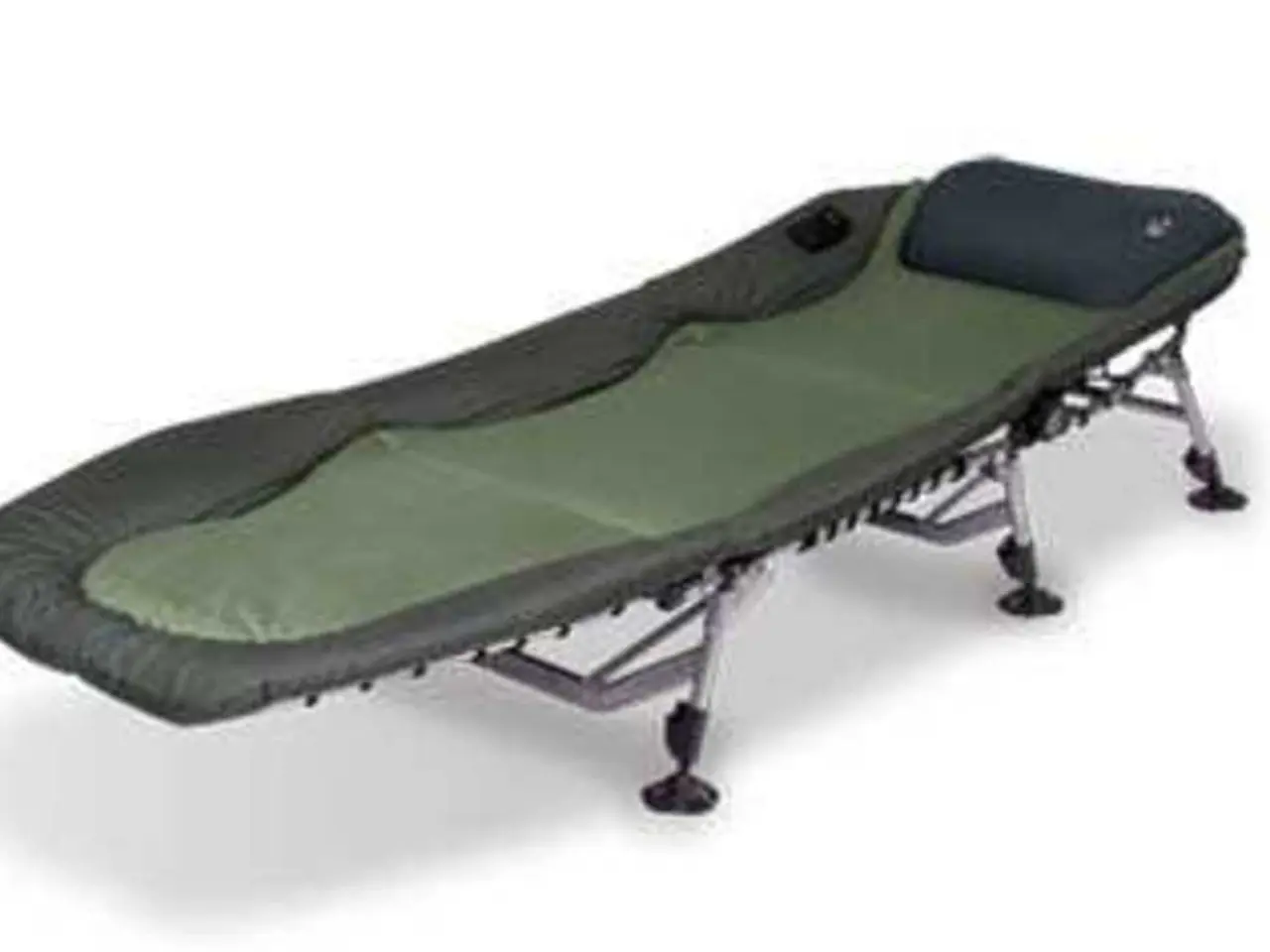Struggling with Tight Hamstrings? Potential Causes Uncovered
The hamstrings, a group of three muscles running down the back of the legs, are often prone to tightness, leading to discomfort and limited mobility. Here's a guide on how to manage and prevent tight hamstrings.
Foam rolling and stretching are two effective methods to alleviate tight hamstrings. Engaging the core while foam rolling helps keep the spine straight during the process, and it can also help stretch and loosen the hamstrings, specifically targeting the back of the thigh from butt to knee. Repeating the foam rolling process on the opposite leg is recommended.
Regular stretching, especially added into the warmup and cooldown routines, can help reduce the risk of tight hamstrings in the first place. Stretching can help relieve tight hamstrings, with exercises such as the supine hamstring stretch, standing hamstring stretch, and seated hamstring stretch being particularly effective.
In most cases, tight hamstrings can be treated at home with stretching, light exercise, hot and cool compresses, and over-the-counter pain relievers like aspirin, ibuprofen, and topical pain relievers like Icy Hot. Soaking in a warm bath can also help relieve tense muscles.
Massage therapy can provide additional relief for stress, pain, and muscle tension in the hamstrings and surrounding area. Yoga poses such as Downward Dog, Extended Triangle Pose, Standing Forward Bend, Standing Wide-Legged Forward Bend, and Seated Forward Fold can help lower the risk of tightness or muscle injuries.
Strengthening the leg muscles through exercises like squats, hamstring curls, calf raises, lunges, and deadlifts can help prevent tight hamstrings. Performing foam rolling at least three times a week can help find relief from tight hamstrings.
However, if tight hamstrings persist despite these measures, physical therapy may be necessary to identify underlying causes and recommend specialized treatments. If hamstring tightness is chronic, prevents regular activities, or is accompanied by intense pain, muscle weakness, problems walking or standing, swelling or tenderness, bruising or discoloration, a popping or tearing sensation, or other symptoms, seek support from a physical therapist or healthcare professional.
It's important to note that injuries can range from a mild pull or strain to a complete muscle tear, and they could take weeks or months to heal. Overexertion during exercise and recurring injuries can make the hamstrings more vulnerable to tightness. Chronic hamstring tightness can be caused by athletes, especially runners and soccer players, individuals with incorrect posture, or those who have had previous hamstring injuries.
Symptoms of tight hamstrings can include cramps, tenderness, swelling, redness or discoloration, and bruising. These symptoms might indicate an injury or underlying issue, especially if they occur alongside an accident or fall. If the problem does not resolve on its own, or if other symptoms like intense pain or swelling arise, call a healthcare professional. They may also refer you to a physical therapist.
In summary, maintaining a regular stretching routine, incorporating foam rolling into your fitness regimen, and staying aware of potential causes of tight hamstrings can help manage and prevent tight hamstrings, ensuring you maintain a healthy and active lifestyle.





